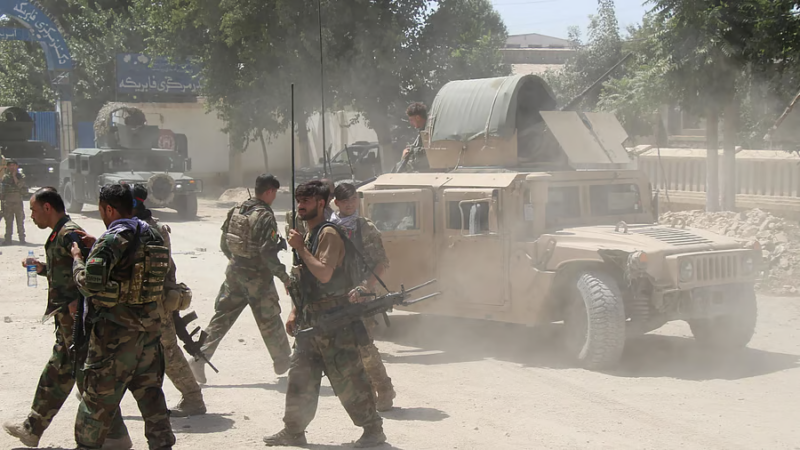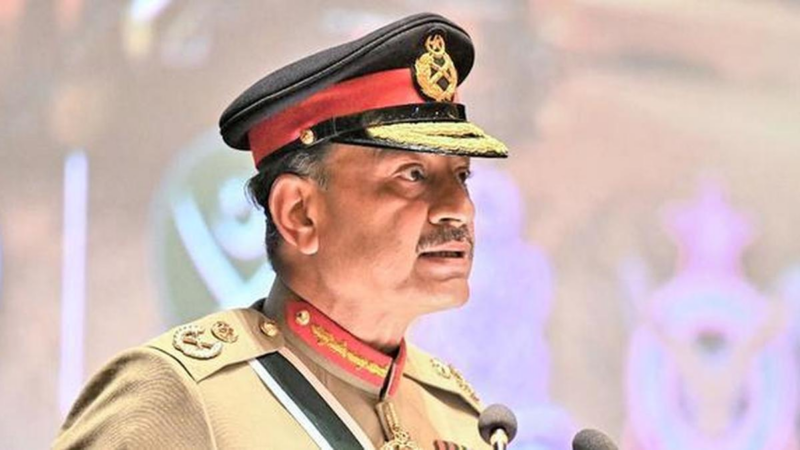Afghanistan and Pakistan’s Online Terrorist Propaganda Ecosystems Are Reviving
Two years following the Taliban’s return to power in Kabul, the now prevailing ecosystem of the so-called Islamic Emirate of Afghanistan – the old name of Taliban’s government from the 1990s, continues to hold significance for the international community, particularly its neighbouring states. While there is little opposition to the Taliban’s control, the transition from insurgency to governance has further solidified its near-absolute control. Despite levels of violence in the country actually going down by early 2023, this era following the US withdrawal is marked by regional, strategic, tactical, and ideological rivalries and fractures are playing out both on the ground and perhaps more significantly, in the digital realm.
Online Ideological Warfare
In the post-US exit period, the Taliban has sought to solidify its political systems despite facing internal challenges over power-sharing dynamics. These have been communicated by the group predominantly using their X accounts (formerly known as Twitter). While the Taliban may have a monopoly over political power in Afghanistan, ideological debates are playing out between them, Islamic State Khorasan (ISKP) and the Tehrik-e-Taliban Pakistan (TTP). Many of these arguments are also taking place online via new publications pushed through by these groups and their supporters. This has led to a revival of online propaganda of this kind, specifically at a time when much media and scholarly attention has moved towards far-right extremism, conspiracy theories and disinformation, lessening the public focus on Islamist extremism.
As scholar Abdul Basit highlights, there is an increasing ideological warfare between the Taliban and ISKP, with the latter believing that the former does not have the Islamic credentials required to exert theological control. Taliban’s Pashtun centricity also feeds into ISKP’s propaganda, which attracts an amalgamation of Uzbek, Tajik, Pashtun and even Uyghur members. Much like the founding Islamic State caliph, Abu Bakr Al Baghdadi (who had a PhD from the Islamic University of Baghdad), the leader of ISKP under whom the group has gained much success, Shahab al Mujahir, is also known to be well-educated with an advance degree from Kabul University. This means that much of the ideological dispensation in Afghanistan, and those who are tasked with the effective creation of propaganda online, come with a good understanding of technology and how to use it.
The online propaganda of ISKP has been a consistent facet of the Afghanistan–Pakistan theatre. This raises similar concerns for tech companies regarding how best to deal with this resurgence. The first critical question would revolve around how tech companies view the newly established Taliban regime. For instance, X has given them free access, as highlighted by the incident where some Taliban accounts were able to purchase ‘Twitter Blue’ services, and some pro-Taliban accounts openly voiced support for Elon Musk. Meanwhile on Wikipedia, the Taliban flag and the name ‘Islamic Emirate’ replaced the erstwhile Republic’s iconography despite no official recognition of the regime from countries such as Russia, China or Iran. ISKP’s propaganda, which had previously faced some resistance from tech platforms, now appears to be readily accessible once again.
ISKP’s propaganda extends to a wide range of topics, including anti-Taliban narratives, and areas such as sports, which the Taliban seems to have recently shown interest in A 47-page magazine criticising the Taliban’s support for cricket was released by the pro-ISKP camp (Fig. 1), escalating the ideological battle with the Taliban even further as the latter continues to support men’s sports, seen as an anti-Sharia and anti-Islam move by ISKP propagandists. Scholars Lucas Webber and Ricardo Valle in their research released in 2022 showcased how both the ISKP and the Taliban are engaged in efforts to sabotage each other’s online propaganda and influence operations. Webber and Valle highlight that ISKP issued warnings to its members, cautioning them to be aware of fake operators and digital products alike.
Political Recognition
While the above examples of ISKP propaganda remain relatively difficult to find online, propaganda produced by TTP is much more visible. The TTP consistently releases materials in a deliberate and public manner, reminiscent of Hay’at Tahrir al Sham’s (HTS) ‘Salvation Government’ in Syria. Both issue online statements like traditional press releases, facilitated by what scholars Ahmet Kaser and Fareed Fakhoury describe as the group’s transition from insurgency to a ‘local authority’.
Notably, the Taliban, the TTP and HTS have developed models around them that all three have sought to implement to try and achieve their own individual goals. Building on the Afghan Taliban’s success with the Doha deal which facilitated the American withdrawal, HTS has also dropped hints of being open to similar arrangements, aiming for a degree of political recognition. It leverages online media to showcase the functionality and stability of the regions it controls in an effort to be removed from terrorism watchlists. During the COVID-19 pandemic, HTS also released videos and photographs to showcase its preparedness to deal with the national emergency. These models serve as blueprints for jihadist groups to portray themselves in a more formal and official manner, especially regarding the territories under their control.
India’s security establishment, for example, has become more vigilant in monitoring the online content released by jihadist organisations, specifically ISKP. Although the now defunct ‘Voice of Hind’ magazine, disseminated by ISKP-affiliated online networks during its brief existence, achieved significant circulation, it had little to no impact on the operational capacities of pro-ISIS ecosystems which are regularly dismantled. However, the propaganda of ISKP, the Taliban and the TTP, while primarily aimed at each other, has the potential to garner support across Afghanistan’s neighbouring regions, even if not designed to do so.
Conclusion
Ultimately, the resurgence of Islamist propaganda ecosystems raises the age-old question of how platforms can once again counteract this trend. The political space for such actors to engage with governments has increased since 2020, making it harder for online platforms to identify or define bad actors – an already difficult task. While technological solutions remain the most promising approach to dealing with terrorist propaganda, the political side of counterterrorism is expected to get even murkier in the years to come. Smaller multilateral systems of diplomacy are looking to define terrorism and extremism outside the auspice of the United Nations or US-led definitions and sanction lists. The interim Foreign Minister of the Taliban-led Islamic Emirate, Mawlawi Amir Khan Muttaqi, recently mocked the fact that the US could not define terrorism throughout the war in Afghanistan and still lacks a comprehensive definition or model. While tech platforms may have, in some cases, found effective ways to counter terrorist propaganda, the evolving political landscape is poised to renew this challenge once more.






